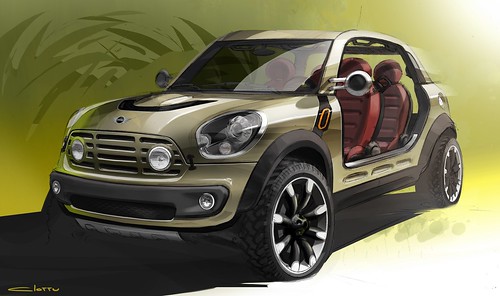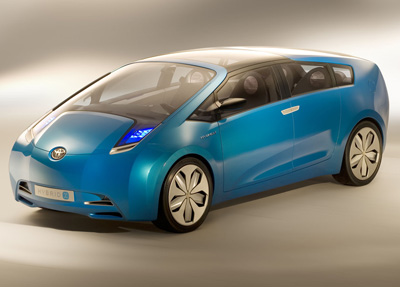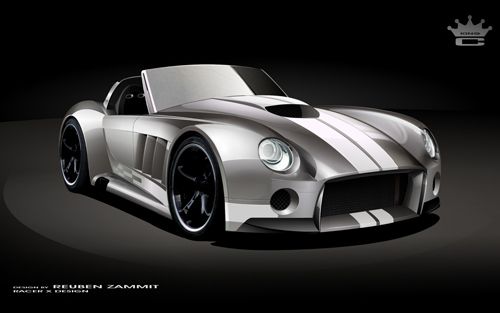Toyota car design is striking and impressive making a strong presence on road. The cars designed are incredibly stylish to entice car buyers across the stretches. The car manufacturer adopts the philosophy of safety, environment, and social values when designing a car. With an aim to convey social considerations, background concept, and originalities through the design process, Toyota lays focus on its valuable philosophy.
The essentials of Toyota's design process are as follows:
The essentials of Toyota's design process are as follows:
J-Factor
J-factor is known to be the DNA of Toyota design that synergizes various conflicting elements in harmony and give dimensions to new values. It is the element that defines the Japanese design structure, aesthetics and values that blend seamlessly with the global standards. One very good example of synergizing the contradictory element is the combination of engine power and electric motor to create hybrid vehicles. Likewise, many other elements of a car are well harmonized to give a completely new look and feel to every car. The j-factor is the trademark of Toyota's car design and it delivers an extremely striking and magnificent appeal.
Miniaturization
Miniaturization is another good philosophy of Toyota's car design process. In this is embedded the intense art of Japanese craftsmanship that gives a deep insight to the complete universe in a small container. This means that even the smallest car by Toyota beholds a number of excellent features, technologies, and design concepts to keep the excitement alive on every drive. All the premium features along with ultra-high efficiency package of engine and transmission offers a sense of infinity. This concept is accepted and acclaimed worldwide as Japanese sensitivity.
Nature's Beauty
Nature's beauty is one most appreciating aspect of Toyota's design philosophy. The car manufacturer always moves in line with the nature's beauty and love. Japan follows the trend of infusing nature in craftsmanship and likewise the car manufacturer also adopts the same trend. Through unique way of conception, Toyota has been incorporating the beauty and love they behold for nature in their artistry method of car designing. A very good example of nature's love reflected through Toyota's car is the dashboard of the highly acclaimed car Pirus. The dashboard is much similar to the design or pattern found in the veins of a leaf and the resulting design is outstanding with a fresh and eternal feel. The energy of the nature is beautifully blended with the science of designing to give an eternally beautiful car design structure.





















































